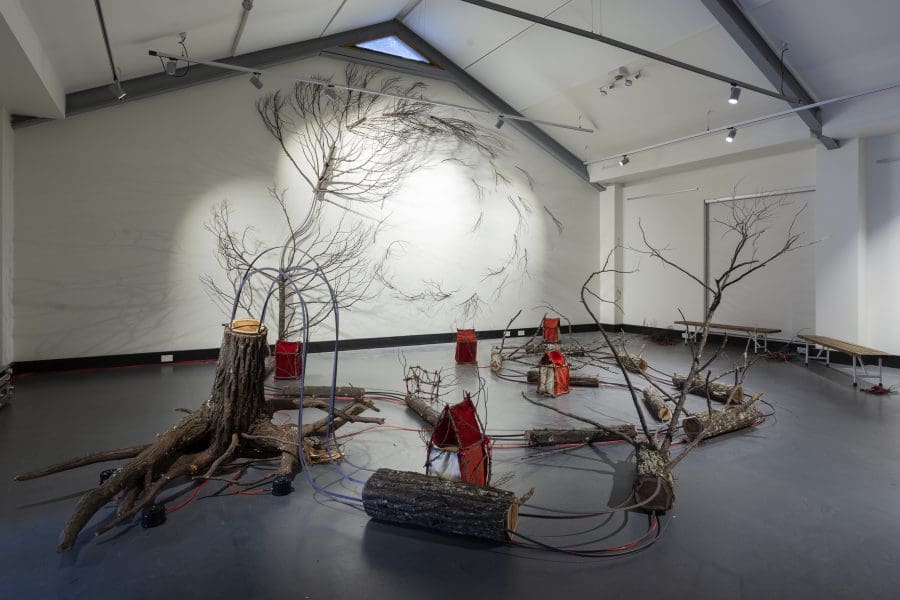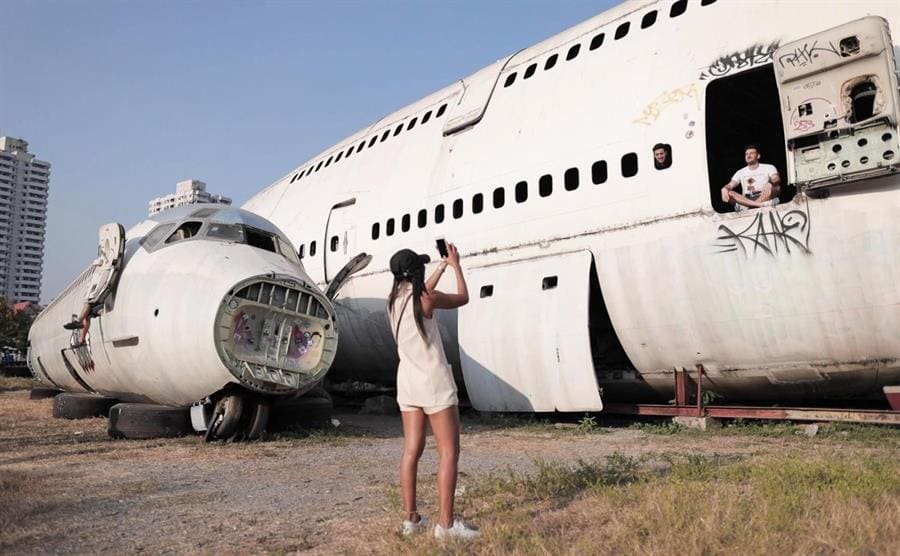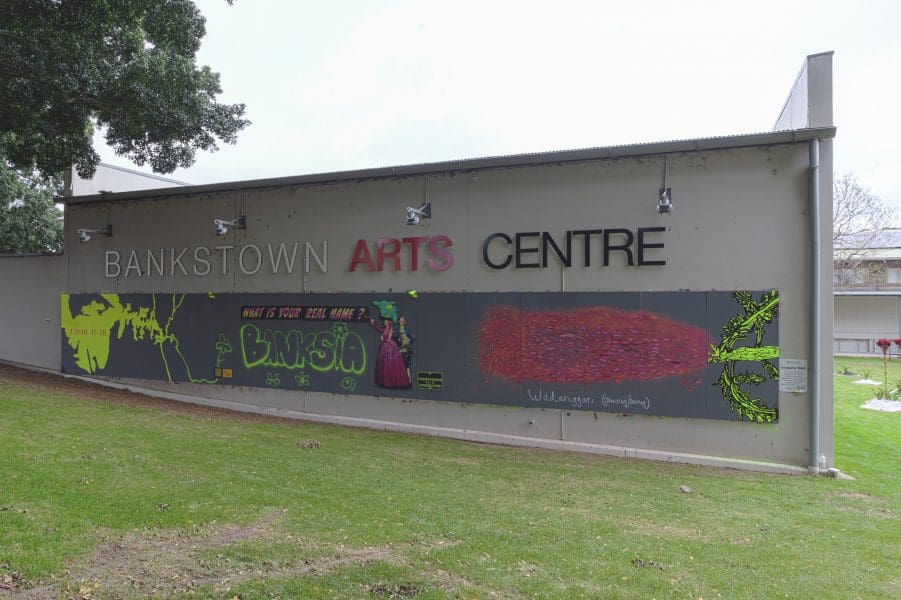
Place-driven Practice
Running for just two weeks across various locations in greater Walyalup, the Fremantle Biennale: Sanctuary, seeks to invite artists and audiences to engage with the built, natural and historic environment of the region.




In biology, symbiosis describes a relationship between two dissimilar organisms. For most of us the phrase probably conjures up mutually beneficial arrangements, such as those tiny fish that clean the teeth of sharks in exchange for a free lunch, free ride and intimidating protection from other hungry critters. But according to National Geographic, it’s not all ‘You scratch my back and I’ll scratch yours’ – predation and parasitism are also forms of symbiosis.
Symbiosis, the inaugural Bankstown Biennale, has appropriately been assembled by two curators working in tandem, Vandana Ram and Heidi Axelsen, who have brought together the work of 20 Australian artists and writers. Their aim is to highlight the positive potential of symbiotic relationships. As Ram explains, “Symbiosis came to me as a word, as a provocation to audiences – to challenge our world view as human beings, to acknowledge other non-human species and our mutual obligation and responsibility for all those that live on this planet.”
Both curators highlight the change-making potential of art in these challenging times as, even here in the ‘lucky country,’ we must learn to live with the toxic legacy of colonialism, increasing economic disparity and uncertainty, an ongoing climate emergency, and a global pandemic: multiple layers of crisis.
“When faced with crisis it is natural to react with a fear driven response, yet we know panic often doesn’t result in the best outcome. Making art is perhaps the ultimate antidote to panic,” Axelsen says. “Artists think through making and painstaking effort and care in the creation of the works. The act of making is an act of caring; to care for is to love.”
In fact, care is a central theme in many of the works in Symbiosis. Ram points out that Nicole Monks, Jason Wing and Maddison Gibbs highlight First Nations voices, including the importance of caring for country, and as she puts it, “understanding the impact of colonial invasion in our immediate landscape and acknowledging the potential of traditional Indigenous knowledge in our current context.”
Elsewhere Selina Springett and Alessandro Berini offer visitors to the 2020 Bankstown Biennale the chance to adopt a seedling: the opportunity to name it and nurture it. Ram says, “They seek to communicate in a humorous way how precious plants are to our survival and to let people slow down and playfully appreciate plant life, emphasising our role as stewards and their role in sustaining us.”
Axelsen says that Alexandra Crosby and Ilaria Vanni’s self-guided map, Mapping Edges: The Plantiness of Bankstown, also highlights “how you might care for and make allies with plants. This work provokes you to understand how plants make our human lives possible and are central to the issues of climate breakdown, biodiversity loss, food production and pollution.”
Symbiosis: the Bankstown Biennale 2020 features artworks and writing by Alexandra Crosby and Ilaria Vanni, Alia Parker, Alison Clouston and Boyd, Bonita Ely, Christine Lai, Claire Healy and Sean Cordeiro, Jason Wing, Joan Ross, Lleah Smith, Machiko Motoi, Maddison Gibbs, Martyn Reyes, Nadia Hirst, Nicole Monks, Sarah Anstee, Selina Springett and Alessandro Berini.
Together these 20 creatives explore the complexity of symbiosis. They examine human relationships – not only with each other, but with the rest of the natural world – in the hope that we can learn to be less predatory and parasitic in this age of ongoing crisis.
Symbiosis: The Bankstown Biennale 2020
Bankstown Arts Centre
10 October – 21 November